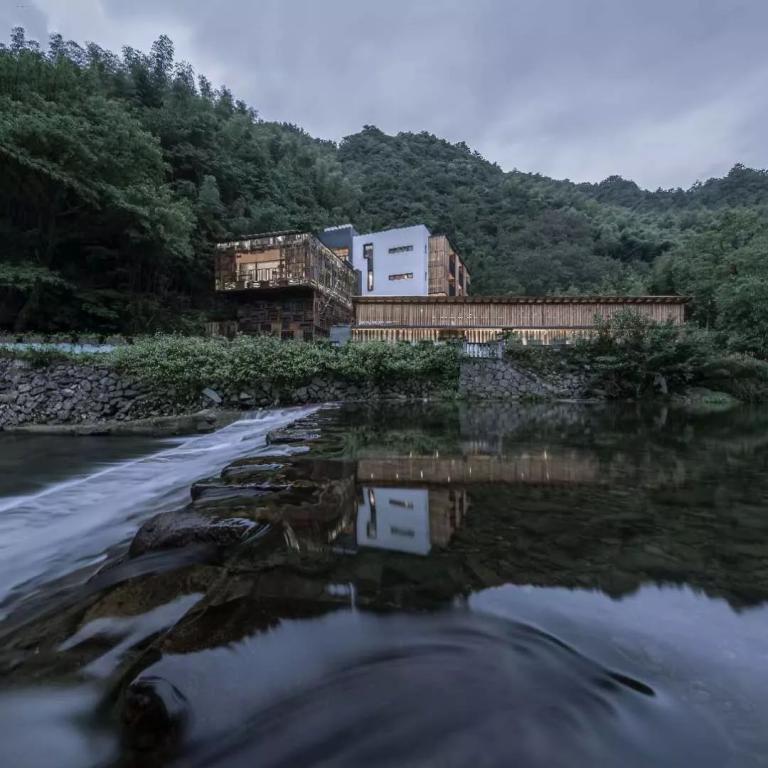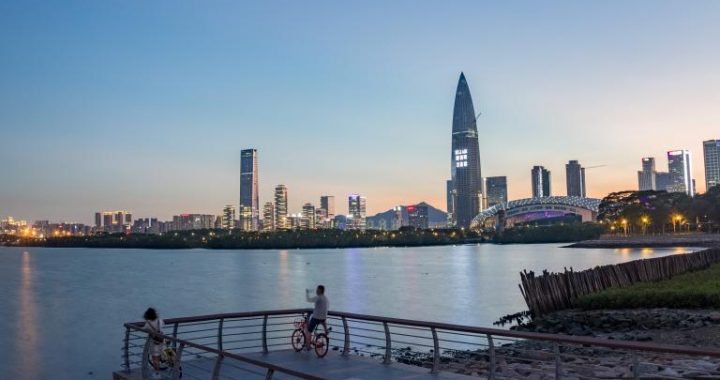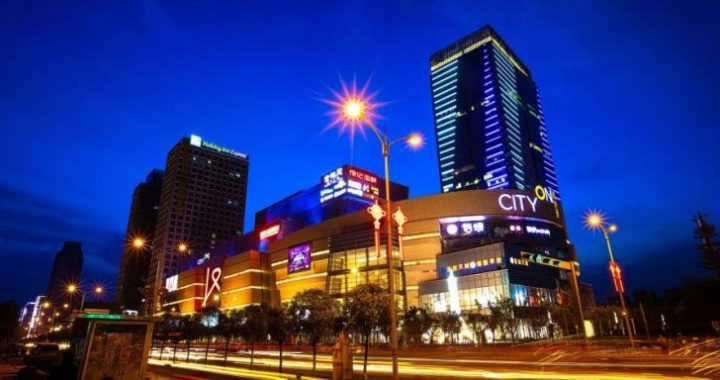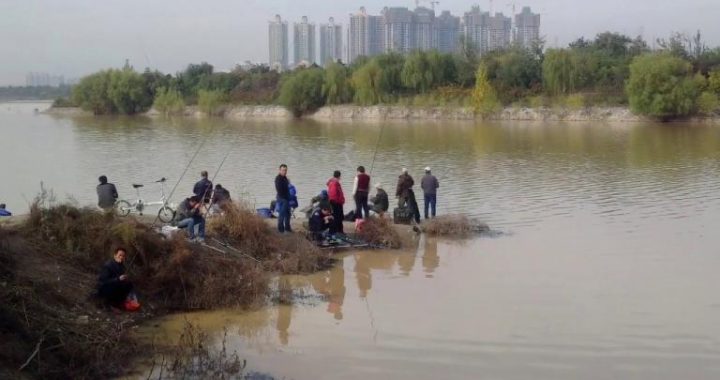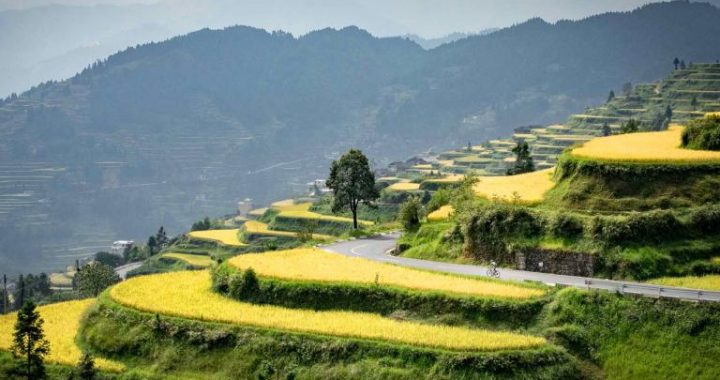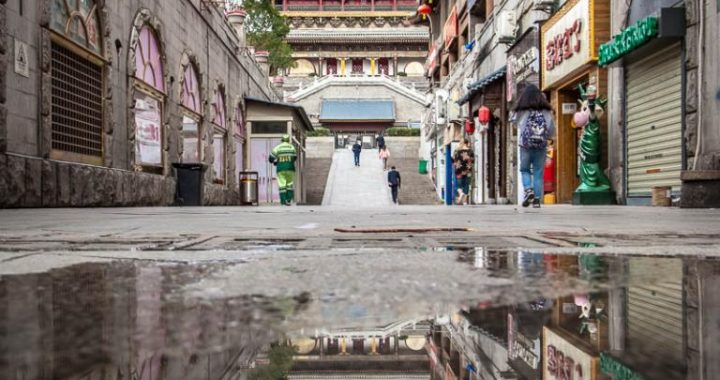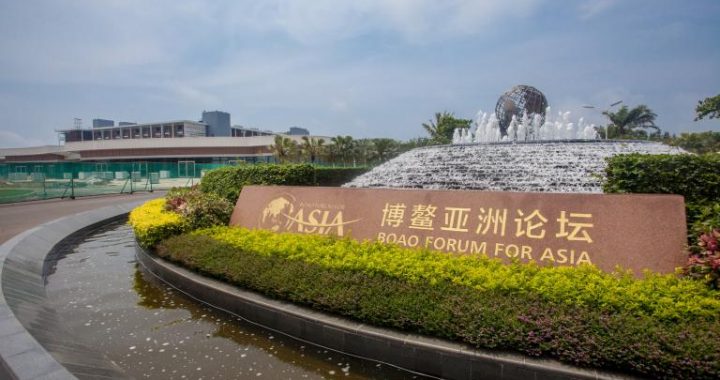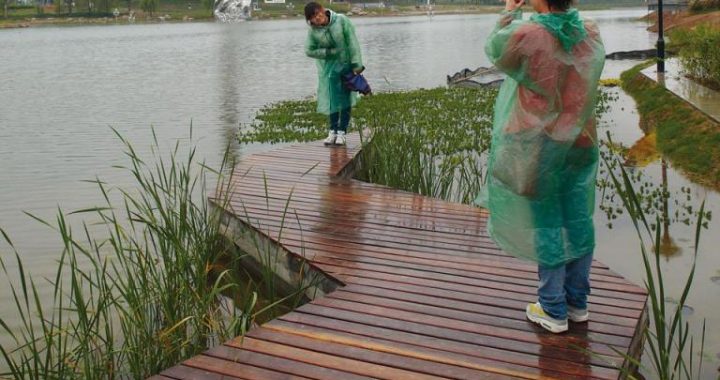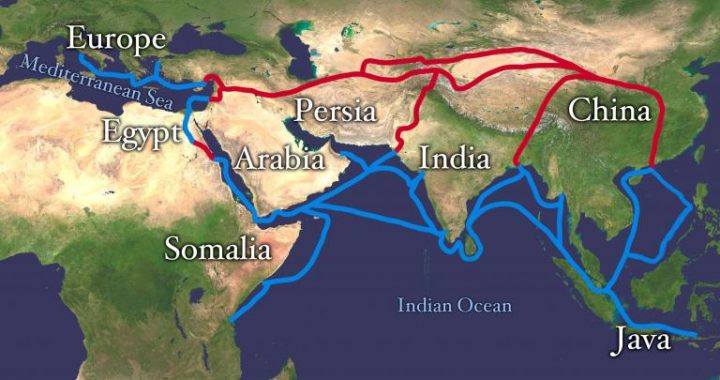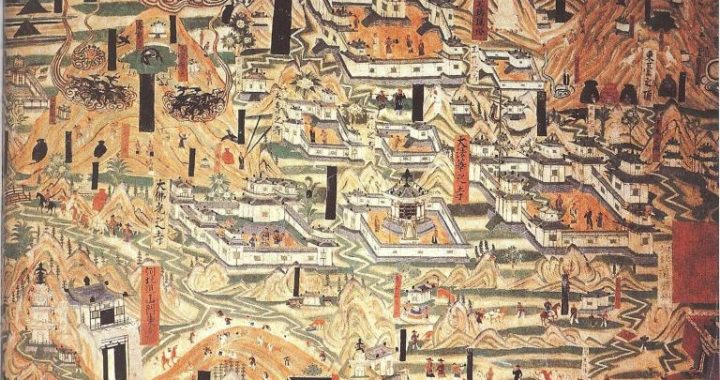The Guangyun poor
8 min readHowever, the name, indeed, is quite appropriate: the reign of the “Flourishing Kaiyuan”(title of the 713-741 reign of Emperor Xuanzong) reached the peak of China’s feudal dynasty, so “Guangyun”, which literally means significance and prosperity, is appropriate and lives up to its reputation.

In the first year of Tianbao(title of the 742-755 reign of EmperorXuanzong) Reign (742), Wei Jian, the prefectural governor of Shanzhou prefecture and official of water-land transshipment, excavated the Guangyun Pond. Based on the Guangtong Canal excavated in the Sui Dynasty, Wei also dug a canal in parallel to the Weishui River to the south of it. The Guangyun Pond was completed within the second year of Tianbao Reign (743).
The Guangyun Pond made Chang’ an, the capital of the Tang Dynasty, which was connected to the Grand Canal through Huayin, Shanzhou and Luoyang, and the freight volume of grain, other goods and materials transported to Chang’ an increased significantly.
As per the specific location of Guangyun Pond, there were different opinions among the historian community. However, it was unanimously agreed about the reasons why Guangyun Pond was excavated.
The policy for the transport of grain to the capital over water was aconcern of the whole feudal society in China. It came into being, based on the feudal centralized politics and the feudal natural economy, in the Qin Dynasty and withered away in the late Qing Dynasty. The centralized feudal countries possessed enormous bureaucracy and military organization.And it was the self-sufficient natural economy that dominated the feudal society, so it was difficult to form nationwide commodity market, especially for food. The heavy demand for grain of the feudal dynasty could not be satisfied via the traditional means of exchanging or purchasing. The feudal centralized government headed by the emperor was bestowed with supreme rights, and it solved problems by using administrative means. The government levied and transported grain all over the country.
When the Han Dynasty ended, it also disintegrated the great unity of China The Princes who were under the emperor set up separatist regimes by force of arms, and the people of Hu nationality(a minority of ancient China) invaded. As a result of the chaos caused by war, the productivity of the northern part of China declined. Therefore, large amounts of people migrated from the north to the south, taking with them to the south, advanced technology and the spirit of hard-work. As a result, the economy of the south developed quickly. By the middle and later Tang Dynasty, the area of Yangtze River and Huai River has become the center of and most productive part of the country, while the political center remained in Chang’ an, which located in the Central Shaanxi Plain. Hence, the gradual separation of the political center and economic center appeared.
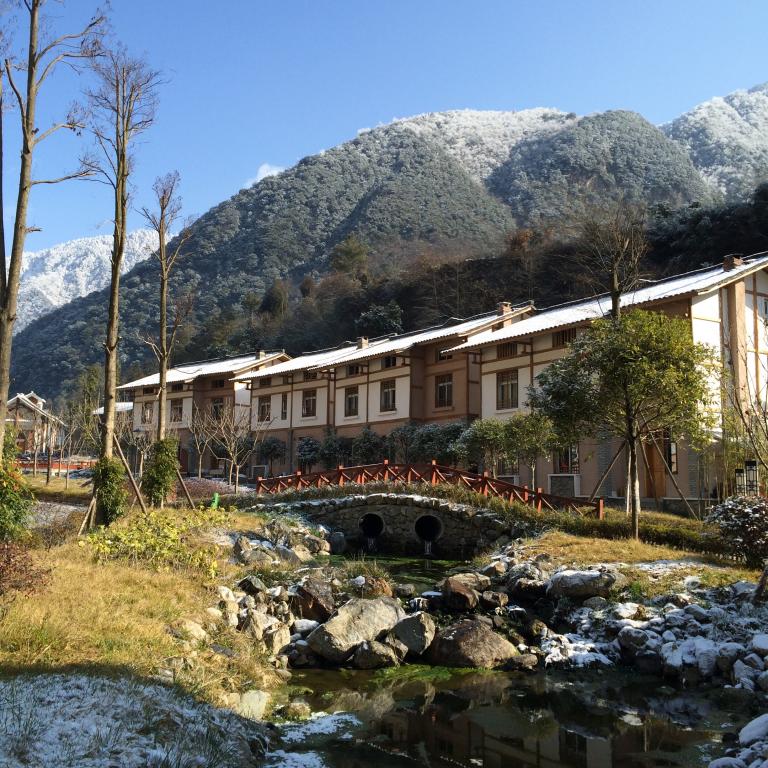
At the same time, the population of the Changan city has surged to over one million, And as a result, the economic capacity of the Central Shaanxi Plain alone was not sufficient to support the population. To further reinforce the economic and cultural communication among the whole country, and to mobilize the nationwide economic power effectively, water transport of grain to the capital prospered once again. However, in order to transport grain to Chang’ an from the areas of the Yangtze River and HuaiRiver or from northeast China, the only possible route was the incredibly challenging land and water route towards the west of Luoyang.
In order to overcome all these difficulties, it was imperative to put the transporting canal in the Central Shaanxi Plain back into use. Under such historical circumstances, Wei Jian, the prefectural governor of Shanzhou prefecture and official of the water-land transshipment, presided over themission. Eventually, the difficulty of transporting grain to the capital by water was fundamentally solved, and the amount of grain transported to the capital by water that year reached four million dan (a unit of dry measure for grain in China, roughly equivalent to one hectolitre). Because of the increase in shipping and the grain transport by water in the Central Shaanxi Plain, new ports had to be built to hasten the process of gathering and distributing grain transported by water to the capital. In the first year of Tianbao Reign, after careful survey, Wei Jian excavated the remarkable Guangyun Pond in the east of Chang’ an city.
As the most important wharf of the Tang Dynasty, Guangyun Pond commanded an important role during its time, which can be confirmed by the large-scale product exhibition held near Guangyun Pond, by Wei Jian during the Tianbao Reign.
Bustle and prosperity are written in the water, while silence lasts forever. Guangyun Pond came into being, and was realized thanks to Wei Jian, and withered away because of An Lushan (703-757,a warlord of the Tang Dynasty). This historically famous “fat man”stirred up wars in Yuyang which subsequently wreaked havoc upon the Guangyun Pond as well as the whole Tang Dynasty, which was ruled by the Li family. The Tang Dynasty collapsed when the powerful warlord Zhu Wen (852-912) coerced Emperor Zhaozong(867-904, an emperor of the Tang Dynasty) to move the capital to Luoyang, and in no time, the Chang’ an city was destroyed, and Guangyun Pond was reduced to a thing of the past.
Apart from the political and social factors mentioned above, their own innate defects accounted for the decaying of the transportation canal in the Central Shaanxi Plain and Guangyun Pond. The transporting canal, after all, was an artificial river, which was not easy to control. Xianyang built the transportation canal by blocked the Weihe River. The Weihe River wasan unstable and sandy river with plenty of water flow. Masonry dam built in such a river to block water were prone to be destroyed by flood. As per the scientific and technological capability at that time, it was difficult for water to flow into the transporting canal. On the other hand, the high sand concentration of the Weihe River tended to cause silting in the transporting canal, resulting in the canal not being navigateable. The transporting canal also needed to cross the Bahe River and the Chanhe River in the east of Chang’ an city. These two rivers out flowed over the steep slope north of the Qinling Mountains, as a swift and violent torrent. Once there was flood, it was easily destroyed.”The Bahe River and the Chanhe River met in thetransporting canal. Every time when it rained heavily in summer, both therivers rose in water level. During the time when Dali(726-779, an emperor of the Tang Dynasty) ruled the Tang Dynasty, the canal gradually became impasable.”It was the innate defects of the transporting canal that made it incomparable with other natural rivers.
In the progression of history, the flourish of the Guangyun Pond was but transient, while its influence was far-reaching. When we examine the social economy, politics and culture of the Tang Dynasty closely, it is nothard to find out that the transporting canal in the Central Shaanxi Plain and Guangyun Pond had a broad and profound influence upon them. It may be said that the transporting canal in the Central Shaanxi Plain was not only the lifeline for the economy of the Tang Dynasty, but also for the politics and culture, while Guangyun Pond was the pivot for all them to work as they should.
The scarcely populated areas south of the lower reaches of the Yangtze River, had their own mode of production (setting fire to reclaim wasteland and drawing water to smother weeds), which had a low production level.
With the rise of the water transport of grain to the capital, the launch of enormous construction projects of water conservancy and the organizing of peasants to reclaim the lands of governments, the agricultural acreage increased significantly, and the economy developed at full speed. Gradually, the areas south of the lower reaches of the Yangtze River became the economic focus of the Tang Dynasty. Thereafter,”The rice is greasy and the corn is white, while both the state and family granary are with bumper harvest.”This phenomenon promoted the rise of the cities along the waterway for transporting grain to the capital. Chang’ an, Luoyang, Kaifeng, Weizhou, Beizhou, Hangzhou, Yuezhou, Yangzhou and other cities have become noted economic metropolis and thus became cities of importance. Water transport of grain to the capital made it possible for the north and south to communicate, strengthening the economic contacts between the north and south.
Further, the contact among markets of the whole country were brought closer, and the boom of China’s ancient commodity economy was accelerated.
The track of history rotates and repeats itself in endless cycles.
Guangyun Pond in history withered away along with the end of the era of water transport of grain to the capital, while now, the Guangyun Pond is a scenic location that has become a backyard garden for people in Xi’ an.
Driving or walking along the 8.1-kilometre-long riverside road, you will feel refreshed, relaxed and happy with the the fresh air, the glistening water and the gently embankment adorned with luxuriant green grass. In the Guangyun Pond on the east of the road, the sandpits which used to meet the eye on every side are no longer present, and lakes, hills and brook of all sizes have shown up in their embryonic state.
Yang Liuqi, Secretary of the Working Party Committee of the Chan-Ba Ecological District, introduced that the Guangyun Pond Scenic Spot, is one of the most important parts for the comprehensive treatment of the the Bahe River and the Chanhe River, covered an area of 13.53 squarekilometers. The scenic spot includes four parts, namely, landscape belt of willows shrouded in mist, landscape area of dynamic sightseeing, landscape area of ecological wetland and landscape area of ecological vacation.
The layout of “one belt supporting three areas”subtly combines the embankment of the Bahe River and the landscape on the east bank, making the entire scenic spot an organic whole. After the completion of the whole project, there will be dozens of lakes of all sizes linked together. Within the scenic spot, with crisscrossing river ways and wandering water, there will be spacious water area and green fields.
Nothing prosperous, luxuriant and dissipative lasts forever. Guangyun Pond came from history, and it will go back to history. Yang Liuqi,a tall man from the Central Shaanxi Plain, leading his team and shouldering an ecology dream of a city, initiated the practice of utilizing the abundant water resources to develop a prosperous city in a flourishing age.
